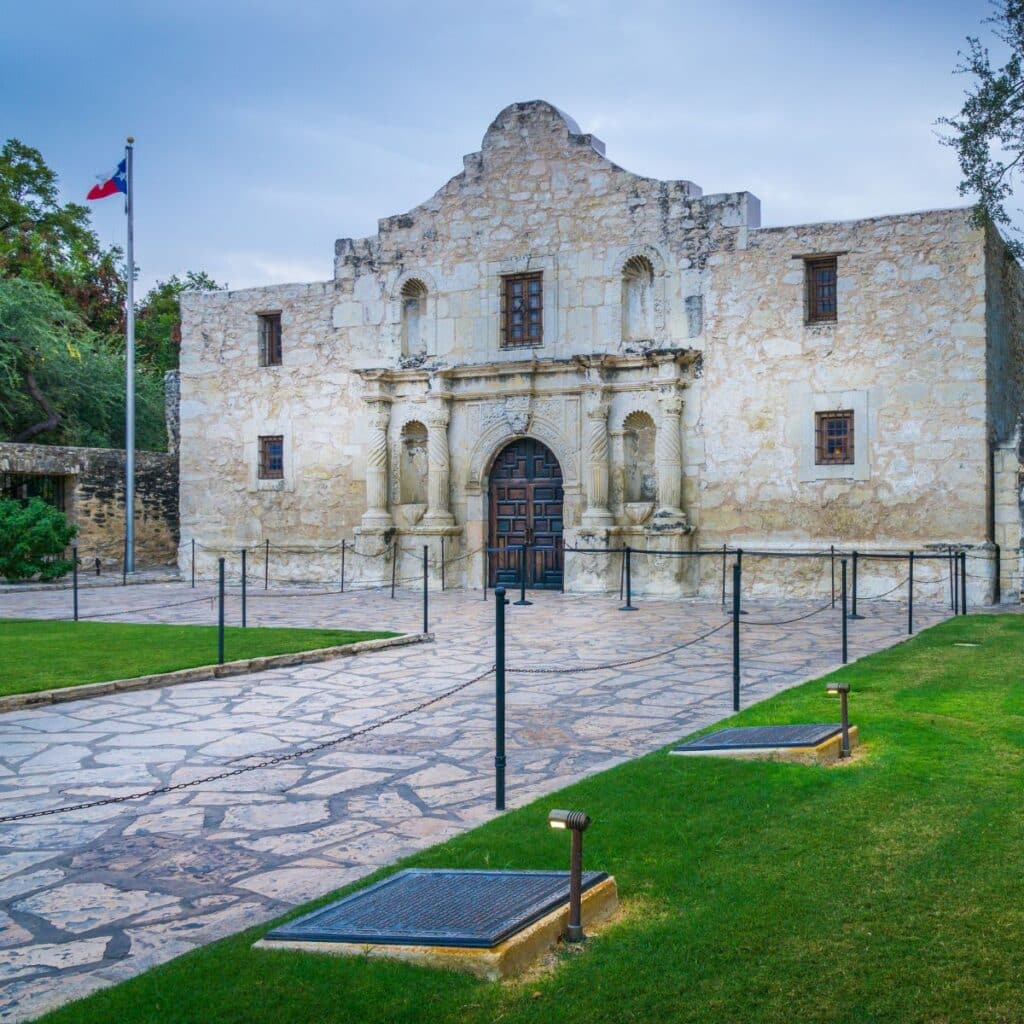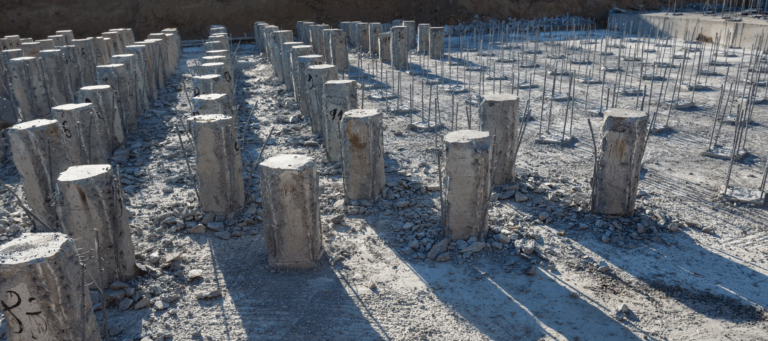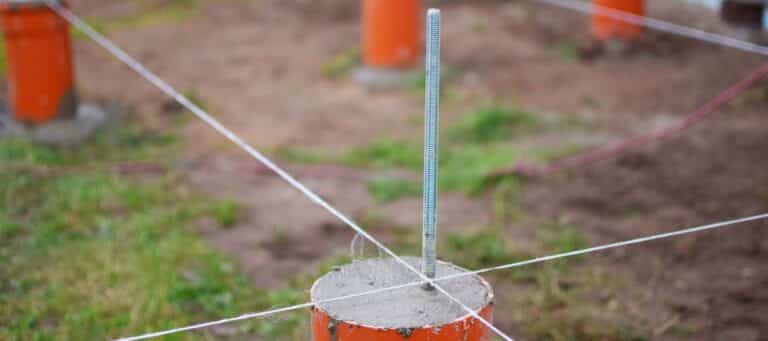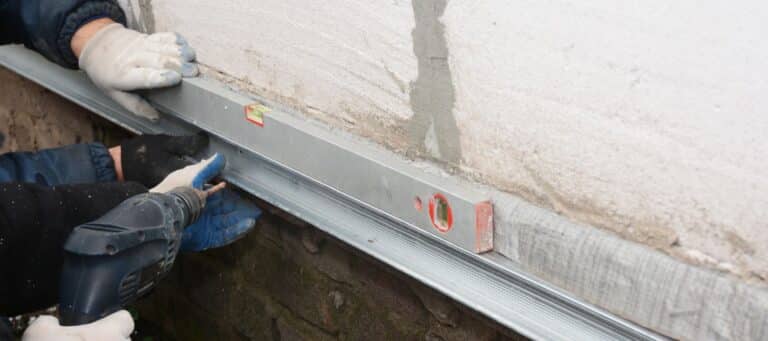Preserving History Through The Alamo Project
At G.L. Hunt Foundation Repair, we understand that preserving history is just as important as maintaining the structural integrity of modern homes. In San Antonio, one of the most iconic buildings is the Alamo, and the preservation of its foundation is crucial to ensuring its longevity.
The Alamo has stood for over 300 years, but like all buildings, its foundation requires regular maintenance and attention. In this blog, we’ll explore how the Alamo is preserved and how modern foundation inspection and repair techniques are applied to such a significant building.
The Importance Of Alamo Renovations For Structural Stability
When people think of the Alamo, they often focus on its historical significance. However, behind the scenes, the building’s structural integrity is maintained by a series of preservation projects. The Alamo renovations are ongoing to ensure that it remains a strong, secure landmark for generations to come.
Foundation repair is a key part of these efforts. Over time, the limestone foundation of the Alamo church has become compromised due to rising damp. This dampness occurs when groundwater rises from the soil, causing crumbling walls and mold growth. Without proper maintenance, the risk of eventual structural failure increases over time.

A Focus On Foundation: How Is The Alamo Preserved?
Preserving the Alamo involves a detailed approach to structural repair and conservation. Over the years, the Alamo project has included numerous renovations and updates, especially regarding the understructure. Preserving its foundation requires maintaining the integrity of the building and ensuring it meets modern safety and standards.
The Alamo’s understructure faces challenges typical of old buildings: shifting soil, erosion and the natural wear and tear from time. At times, the foundation needs specialized repair work, including the installation of modern underpinning and support systems that protect the structure from further degradation.
Renovations often include advanced techniques that incorporate traditional materials and new, more durable materials that are more resilient to the passage of time.
Potential Techniques Used In The Alamo Foundation Repair Process
To maintain the Alamo’s structural integrity, foundation repair techniques are implemented to stabilize the building while preserving its historic features.
1. Underpinning
This involves reinforcing the existing structure by adding additional support beneath the original foundation. Underpinning is essential for buildings like the Alamo, where the structure is old, and the ground underneath may have shifted over the years. This technique provides stability without compromising the building’s integrity.
2. Soil Stabilization
In many cases, the soil beneath older foundations needs to be stabilized to prevent future settlement. Soil stabilization is a process that involves strengthening the ground through the use of chemical treatments or injecting materials like cement under the foundation to solidify the soil. This helps maintain the level of the building and prevents further sinking or cracking.
3. Crack Repair And Prevention
As with many historic buildings, the Alamo has cracks that have developed over time due to natural settling. These cracks need to be repaired carefully to prevent water infiltration and further damage.
Why Foundation Repair Is Crucial For San Antonio
G.L. Hunt Foundation Repair understands the importance of preserving the foundation of both modern homes and historic landmarks like the Alamo. Our trusted commercial foundation repair contractors know the ins and outs of maintaining structures across the greater San Antonio area.
From historic buildings like the Alamo to the modern homes that make up the San Antonio community, foundation preservation plays a key role in protecting the city’s valuable structures. If you’re facing structural issues at home, trust G.L. Hunt to handle your needs with care and expertise. Contact us to schedule a consultation and ensure your foundation is built to last.









